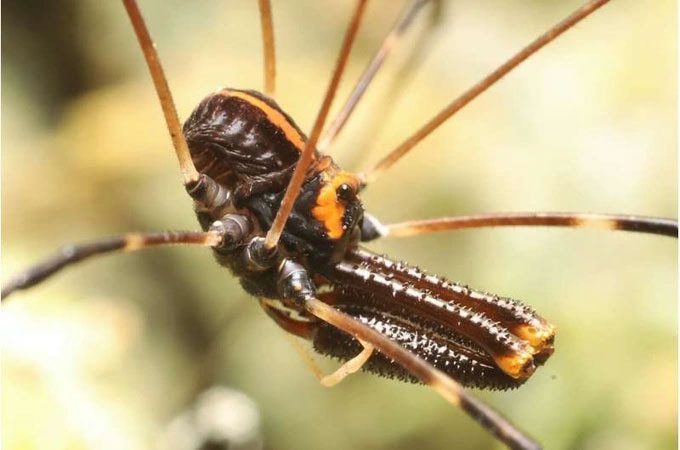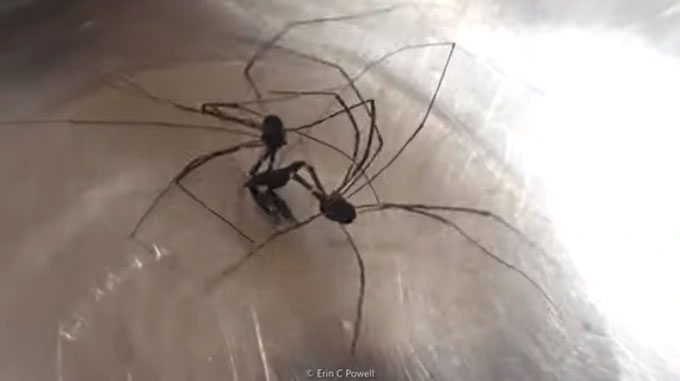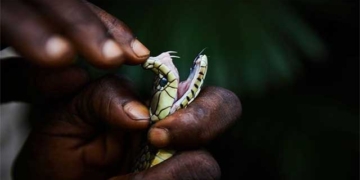Scientists Discover Rare Spider Species in New Zealand with Three Different Male Types.
Most animal and insect species typically consist of male and female sexes. However, in some species, their gender becomes more complex.

The male Forsteropsalis pureora spider has three different types. (Photo: EC Powell).
Historically, there have been records of species without a defined sex, those with more than two sexes, or uniquely, a rare spider species in New Zealand that features three different male types.
This spider is known as the long-legged spider scientifically named Forsteropsalis pureora. In this species, there are three types of males that appear quite similar but actually possess different genes.
At the top of the hierarchy is the alpha male, distinguished by its large size and short but powerful jaws resembling “pincers.” This weapon is often used to restrain rivals during territorial or mating disputes.
Next is the beta male, which has longer, thinner legs. Finally, the gamma male stands out due to its size being up to seven times smaller than the other two.
Not only do these male spiders differ in appearance, but they also exhibit distinct behaviors.

Two male spiders fighting for a mate. (Photo: EC Powell).
Specifically, gamma males tend to abandon the fight for mates, unlike their larger counterparts. Researchers have observed that they prefer to stealthily seek out unprotected females for mating.
Scientists have proposed several hypotheses regarding why three male spider types coexist within the Forsteropsalis pureora species.
To date, the most widely accepted hypothesis suggests that some male spiders may have lost limbs during development.
This results in them being smaller and weaker compared to other spiders as the lost limbs do not regenerate.
“Perhaps this is because they couldn’t gather enough food for their development due to hindered hunting activities,” affirmed evolutionary ecologist Erin Powell.
The second hypothesis draws particular attention, suggesting that male spiders might have decided to “lay down their arms” permanently and adopt a new lifestyle that does not rely on competition.
Regardless of the reason, the existence of three male types in a single species is considered quite rare and will likely keep scientists “scratching their heads” for a long time.
Findings about this spider species have even compelled science to rethink animal mating systems and the reproductive strategies they adopt to achieve their goals.




















































